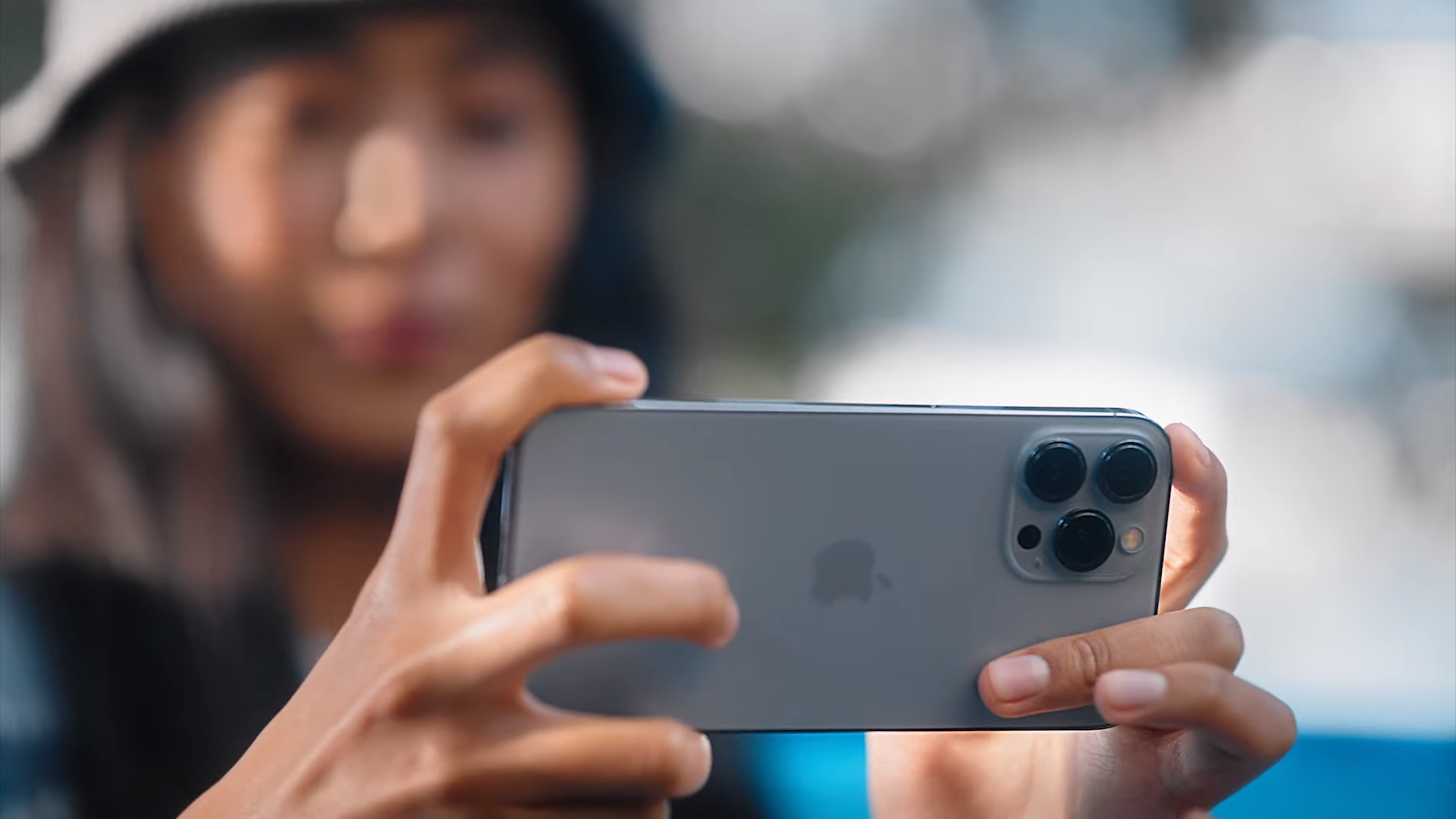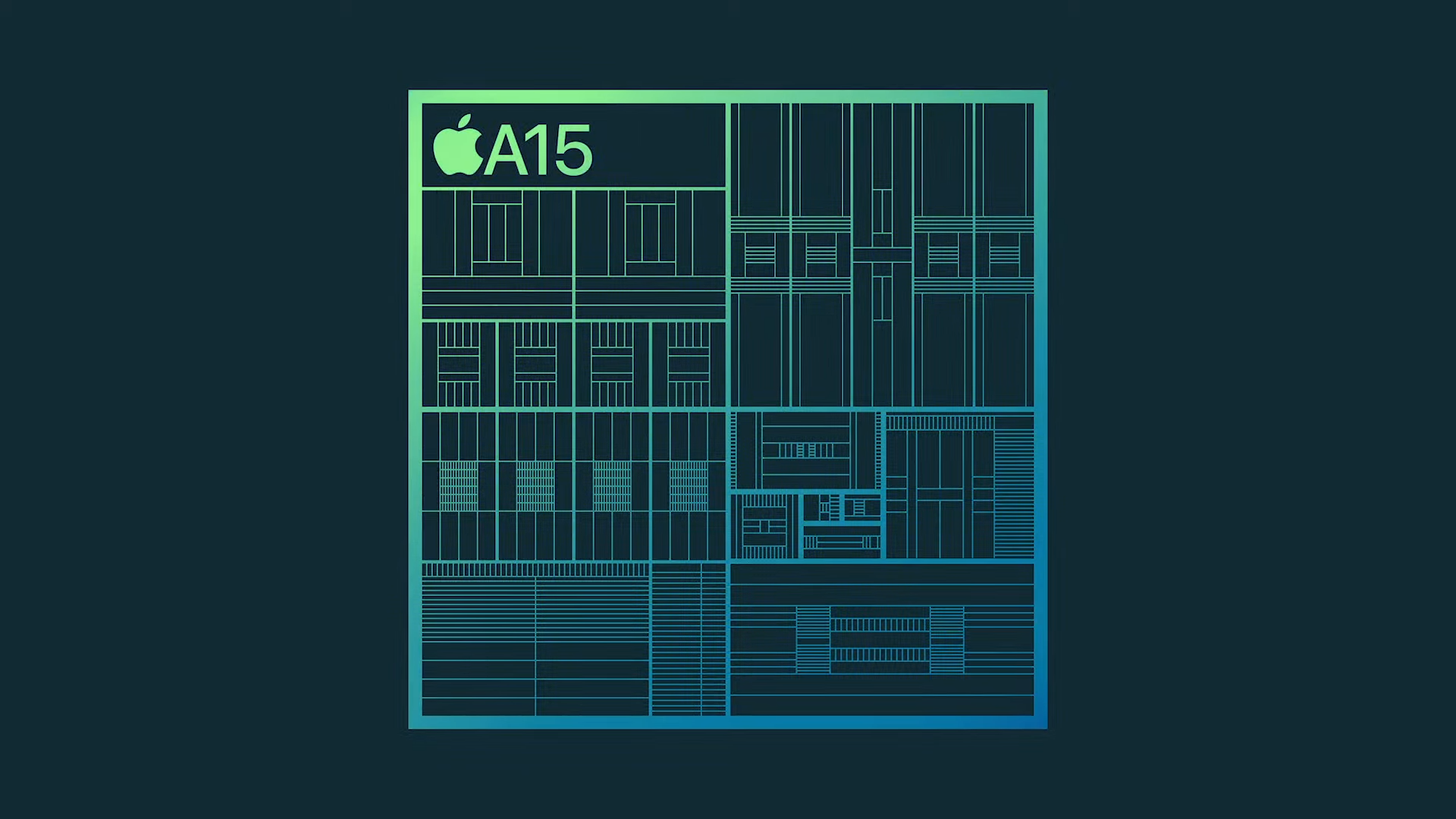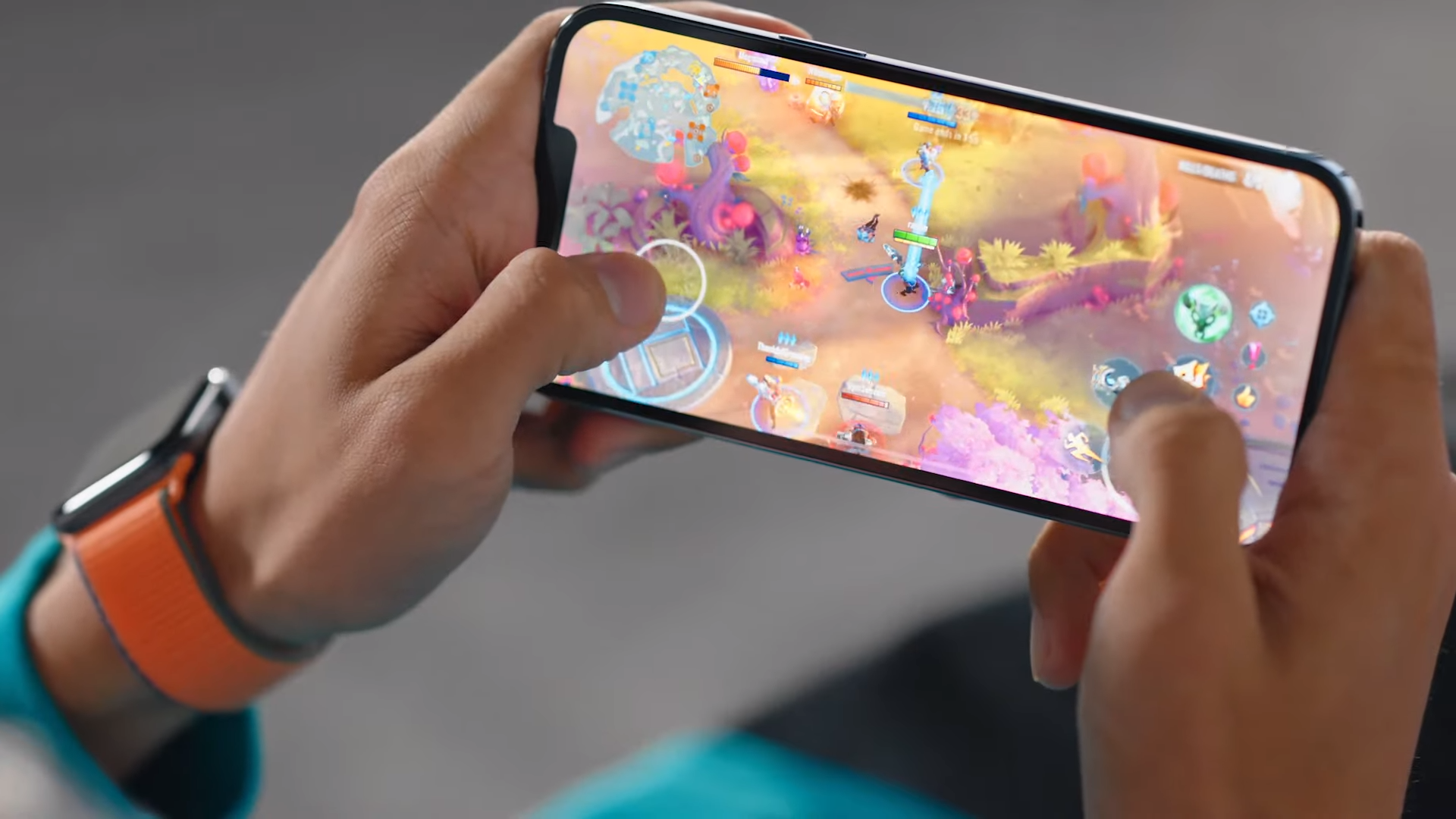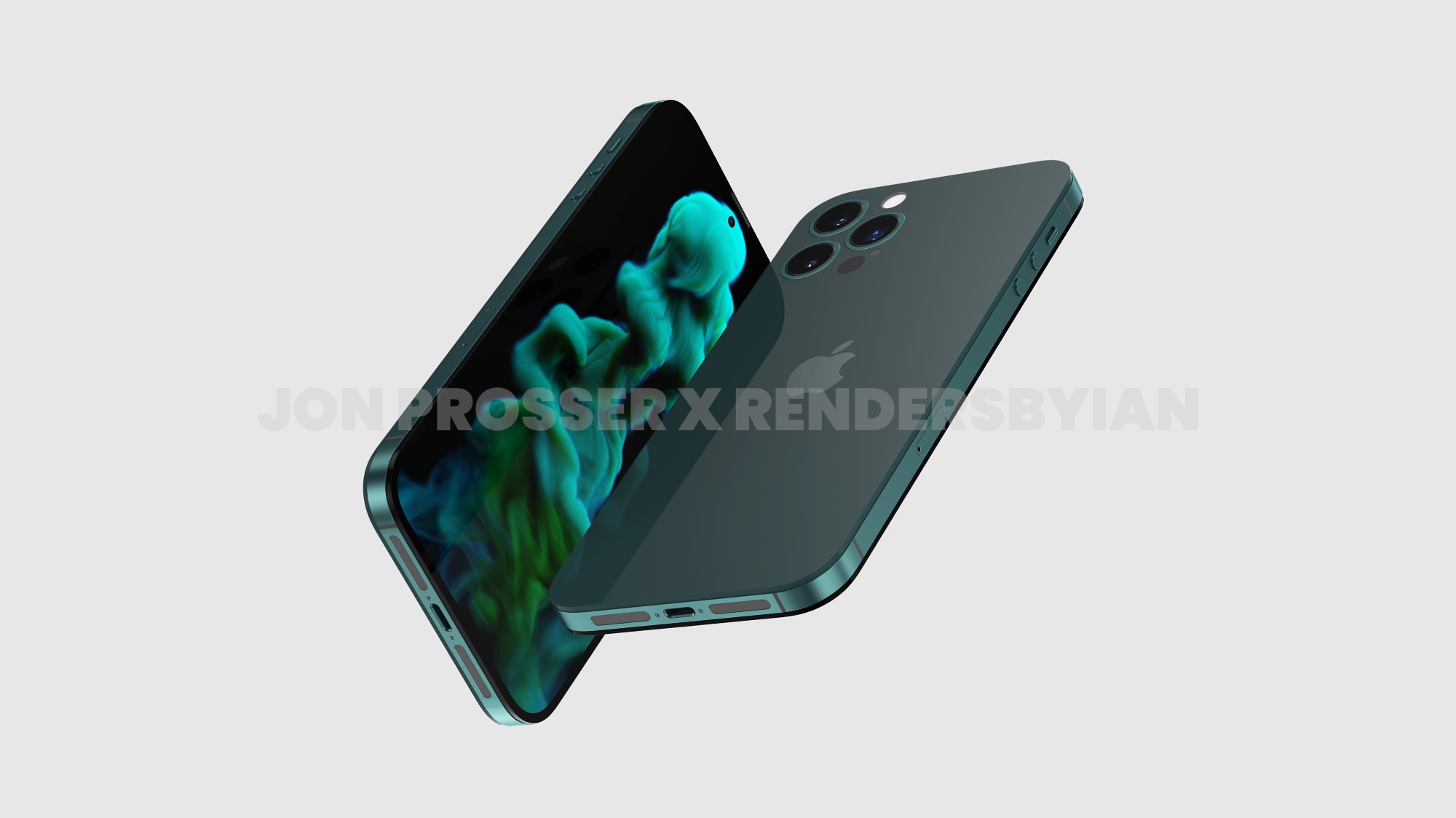iPhone 13 upgrades suck — why you should wait for the iPhone 14
Give the people what they want, Apple!

The iPhone 13 strutted down the runway with a slimmer notch and brand spankin’ new colors trying to convince us that the iPhone 12 is “so last season!” Apple put on one shabang of a fashion show with hypnotizing drone footage, flashy superlatives and even a mini murder mystery movie to show off its star camera feature: Cinematic Mode.
Despite all the pomp and circumstance, something was missing.
Although the iPhone 13 is, without a doubt, one of the best smartphones on the market and far exceeds other devices in terms of power and graphics, the upgrades didn’t move me. I couldn’t put my finger on why until I delved into my “Should You Upgrade Your iPhone?” piece, which ultimately concluded that the iPhone 13 targets niche audiences (e.g. on-the-go multimedia news reporters and hardcore mobile gamers) — not the everyday consumer.

The iPhone 13’s ability to implement cinema-grade rack-focus techniques isn’t going to spur the general public to dash to the nearest Apple store and ditch their perfectly functioning devices. Sure it may appeal to popular YouTube vloggers or on-the-go, independent filmmakers, but not the average Joe.
That being said, I argue that most — not all — of the iPhone 13 upgrades suck. They’re either overkill or only address the needs of a select few. You’d be better off waiting for the iPhone 14, which is expected to have a more impressive generational leap. Let’s discuss!
No one chip should have all that power
The A14 Bionic chip inside the iPhone 12 line is blisteringly fast. When I reviewed the iPhone 12 Pro, I called its performance “godlike.” With a killer Geekbench 5 score of 3,669, the A14 Bionic crushed the Qualcomm Snapdragon 865+ CPU inside the Samsung Galaxy Note 20 Ultra (3,294). The only “competitor” that came close to the iPhone 12 Pro’s score is Apple’s own iPhone 11 Pro with a heart-stopping score of 3,509.

The A14 Bionic chip is a beast, savagely devouring all rivals that dare cross its path, but for some reason, Apple wants to inject this salivating monster with even more power with the introduction of the iPhone 13’s A15 SoC. Quite frankly, it’s overkill. The A15 Bionic chip is already powerful enough to run a MacBook Pro. Imagine all the under-utilized processing power that’s lying dormant inside the iPhone 13. You don’t need that much CPU muscle inside of a phone. Apple boasts that the A15 Bionic is the fastest mobile processor ever, but the Cupertino-based tech giant could have stuck with the monstrous A14 Bionic chip (or hell, even the A13 processor) and still obliterate its opponents.
Sign up to receive The Snapshot, a free special dispatch from Laptop Mag, in your inbox.
It’s not that Apple shouldn’t be enhancing its A-series chips every year — it’s admirable that the tech megacorp is following a “Be better than yesterday” approach. However, it’d be nice if Apple focused more attention on addressing the phone’s weak spots instead of pouring all of its efforts into an already beefed up CPU.

At the California Streaming event, Apple gushed about how the new A15 Bionic chip pushes the limits of artificial intelligence (AI) processes, allowing iPhone owners to use tennis-tracking apps like SwingVision that monitor and analyze their shots using AI. That’s all great and dandy, but again, the average Joe isn’t begging for Apple to construct a sports-focused, machine-learning monster.
The gratuitous GPU
In other “No one asked for that” news, Apple decided to step its graphics game up a notch by packing the iPhone 13 Pro and the iPhone 13 Pro Max with a five-core GPU. The Cupertino-based tech giant said that the Pro models have the fastest graphics on the smartphone market, outpacing their rivals by 50%.

This may appeal to hardcore mobile gamers. Trust me — I know how important it is to have top-of-the-line hardware to secure a competitive edge over opponents. But does the everyday user who simply scrolls through social media, takes selfies and texts need an envelope-pushing, mobile GPU? No!
I would have preferred a display upgrade: a punchier, sharper, more vivid screen. The Super XDR Display is fine, but it’s overrated. It could stand to provide more visual eye candy for watching Netflix, HBO Max, Hulu and other streaming platforms.
Cinema-grade camera features
After taking photos of myself with the iPhone 12 Pro’s wide lens, I’m already acutely aware that I need a better sleep schedule and more trips to the dermatologist. With the iPhone 13’s new-and-improved cameras, I can’t help but feel a little terrified. It seems as if Apple won’t stop tinkering with its cameras until they have X-Ray vision, can execute aura readings and detect supernatural entities.

As I mentioned in my “Should You Upgrade to the iPhone 13?” piece, many on-the-go photographers, videographers and social media influencers will appreciate the iPhone 13’s advanced cameras and pro-level editing capabilities. At the same time, I don’t know many people who actually want sensors that capture every wrinkle, freckle, pimple and crevice. To be fair, there are some iPhone 13 camera upgrades I adore, such as the promise of better low-light photography and better stabilization. But you have to admit — sometimes a camera can be too good.

Apple also made a big to-do about Cinematic Mode, which failed to dazzle me. It’s a cool feature, I guess, but excuse me if I’m not squealing in excitement over a shifting blur effect.
The ‘smaller’ notch illusion
Okay, so can we talk about how the “smaller” notch isn’t a significant reduction and not worth spotlighting? And truth be told, it’s more unsightly than the iPhone 12’s notch. Sure, it’s 20% smaller horizontally, but it’s actually taller than the previous notch, which means it dips into the screen more. Can someone explain to me how that’s an upgrade?

Some iPhone fans are not bothered by the notch, but to me, it sticks out like a sore thumb. I have an affinity for edge-to-edge screen real estate, so the notch is a turn off.
Why you should wait for the iPhone 14
Thankfully, rumors are flying about the iPhone 14 possibly having a hole-punch display à la Samsung’s Infinity-O design. It’s about time that that eye sore — er, I mean “notch” — got the boot.

Many iPhone fans have also been beseeching Apple to reinstate Touch ID. In our world of mask mandates, Face ID is inconvenient. There is scuttlebutt that the Cupertino-based tech giant planned on implementing an in-display fingerprint scanner on the iPhone 13, but it didn’t make the cut. There’s a small chance that the iPhone 14 may have Touch ID, but sources say don’t hold your breath! Touch ID may not return to the iPhone line; Apple is reportedly working on engineering an under-screen Face ID feature. It’d be nice to have both (Face ID and Touch ID), but either way, an in-display biometric authentication sensor is pretty damn cool.
The iPhone 14 may also set a precedent in the smartphone industry by introducing a portless model. There’s a possibility that Apple may remove the Lightning port and rely on MagSafe for charging and data transfer. MagSafe would have to be a greatly advanced system in order to accomplish the latter, but if Apple manages to find a portless solution for the iPhone, it would be revolutionary.

There’s also gossip that the iPhone 14 won’t have a camera bump. The protruding rear camera module doesn’t bother me as much as the notch, but I know some iPhone users find it to be irksome, so it’d be a welcome upgrade.
It’s too early to tell whether these rumors are true, but looking at the iPhone 13’s so-so upgrades, the iPhone 14 is worth the wait. Check out our oft-updated rumor hub to keep abreast of all the iPhone 14 gossip.
Bottom line
Don’t get me wrong. There are some upgrades that are noteworthy, such as the ProMotion display (Apple is finally “getting with the times” with the 120Hz screen), improved battery life (the iPhone 12’s runtime was actually a downgrade from the iPhone 11) and more storage for base models.
Still, I can’t help but feel as if Apple stuck its fingers in its ears and yelled “Lalala!” to all the upgrade suggestions that would actually benefit the average consumer. Fans have been yearning for Touch ID’s return, asking for USB-C (as opposed to Lightning port), and begging for faster charging (the iPhone 13 maxes out at 20W). But with the iPhone 13, Apple seems more focused on catering to certain target audiences or tweaking features that are already robust.
That being said, I strongly suggest waiting for the iPhone 14. It’s bound to have more significant upgrades and should blow its predecessor out of the water. The iPhone 13’s upgrades suck, but I have faith the iPhone 14’s enhancements will blow our minds.
Kimberly Gedeon, holding a Master's degree in International Journalism, launched her career as a journalist for MadameNoire's business beat in 2013. She loved translating stuffy stories about the economy, personal finance and investing into digestible, easy-to-understand, entertaining stories for young women of color. During her time on the business beat, she discovered her passion for tech as she dove into articles about tech entrepreneurship, the Consumer Electronics Show (CES) and the latest tablets. After eight years of freelancing, dabbling in a myriad of beats, she's finally found a home at Laptop Mag that accepts her as the crypto-addicted, virtual reality-loving, investing-focused, tech-fascinated nerd she is. Woot!

